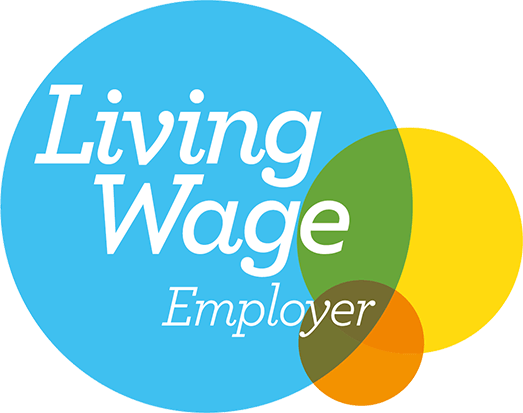News
Natural England’s Biodiversity Metric 3.0. Gets the Nod, but Does it Mean Anything to Communities?
16 July 2021
Local residents care passionately about their environment, and as developers, we need to show we do too, by engaging with them at an early stage.

When I mention the word ecology, what’s the first thing that comes to mind? Come on, it's an easy guess. I am sure you will get the same answer as me.
Yes, that’s it: Biodiversity Metric 3.0.
As exciting as an Apple keynote, this week, Natural England launched its updated biodiversity metric, a step up from Biodiversity Metric 2.0. It had the ecologists, planners, and I queuing up to review the latest update.
The new metric marks a shift in approach in how we manage biodiversity. As with all proposed development, there are potential risks of harm to our surroundings, which could reduce our natural habitats. So, this begs the question, how do we reinvest in nature in a scalable and sustainable way which compensates for biodiversity loss where it cannot be avoided or mitigated?
Biodiversity Metric 3.0. aims to resolve this, as set out by the Environment Minister, Rebecca Pow, who said:
"The updated Biodiversity Metric 3.0, will underpin the future requirement for mandatory biodiversity net gain and help facilitate investment in nature’s recovery through clean and green growth that brings nature to people’s doorstep."
This approach incorporates more evidence-based planning in the recovery and restoration of the natural environment. Backed up by the Environmental Bill, which is making its way through Parliament, it will make provisions to achieve the Government's 25 Year Plan to improve the environment. It also sees a 10 per cent biodiversity net gain introduced as a mandatory planning requirement for new development and infrastructure.
So, why does this matter? Well, having worked on many schemes across England, we know all too well the arguments people use to justify why development should be prevented. The old-age method of clinging on to patches of green space and habitats, taking an either/or approach to the built environment, with signs outside the Town Hall that read 'save the environment, say no to development'. This is all very understandable of course, globally and at home, we face a climate emergency. While it can be difficult to strike a balance between much-needed new developments and the environment, it is not impossible to create new places which contribute to biodiversity.
Using the new metric, developers and planning authorities can calculate before and after scores for biodiversity, which will help determine new opportunities for on and off-site habitat creation and enhancement. But the question is, will this be enough for the 'save the environment, say no to development' crowd? I am not convinced, because those who hold these views frequently fail to engage in the technical details. Rather, they speak of a development having an impact and they ‘accidentally’ never fully get to the point where they discuss and consider mitigation.
So, yes, I can see the planning report stating that there will be 10 per cent biodiversity net gain, while a local resident maintains that there will be a significant impact because…local residents rarely use metrics.?This is precisely why the conversation should run throughout the consultation stage.
We need to demonstrate how we are investing in biodiversity, and this is done through public engagement. We need to take the impact and biodiversity debate out of the reports and place them directly on the ground. We can do this by using resident site visits to discuss the challenges and opportunities for biodiversity, and provide meaningful mechanisms through which they can contribute to the discussion.
Biodiversity Metric 3.0. is an opportunity to do more technically, but it does not need to stop there. Local residents care passionately about their environment, and as developers, we need to show we do too, by engaging with them at an early stage.






